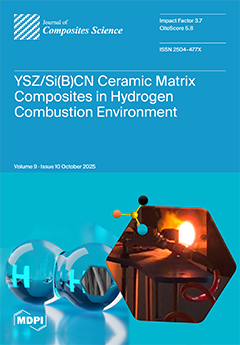With the rapid advancement of energy storage technologies, there is a growing demand for affordable, efficient, and environmentally benign battery systems. Sodium-ion batteries (SIBs) present a promising alternative to lithium-ion systems due to sodium’s high abundance and similar electrochemical properties. Particular attention is
[...] Read more.
With the rapid advancement of energy storage technologies, there is a growing demand for affordable, efficient, and environmentally benign battery systems. Sodium-ion batteries (SIBs) present a promising alternative to lithium-ion systems due to sodium’s high abundance and similar electrochemical properties. Particular attention is given to developing NASICON -sodium (Na) super ionic conductor, type cathode materials, especially Na3V2(PO4)3, which exhibits high thermal and structural stability. This study focuses on the sol–gel synthesis of Na
3V
2(PO
4)
3 using citric acid and ethylene glycol, as well as investigating the effect of annealing temperature (400–1000 °C) on its structural and electrochemical properties. Phase composition, morphology, textural characteristics, and electrochemical performance were systematically analyzed. Above 700 °C, a highly crystalline NASICON phase free of secondary impurities was formed, as confirmed by X-ray diffraction (XRD). Microstructural evolution revealed a transition from a loose amorphous structure to a dense granular morphology, accompanied by changes in specific surface area and porosity. The highest surface area (67.40 m
2/g) was achieved at 700 °C, while increasing the temperature to 1000 °C caused pore collapse due to sintering. X-ray photoelectron spectroscopy (XPS) confirmed the predominant presence of V
3+ ions and the formation of V
4+ at the highest temperature. The optimal balance of high crystallinity, uniform elemental distribution, and stable texture was achieved at 900 °C. Electrochemical testing in a Na/NVP half-cell configuration delivered an initial capacity of 70 mAh/g, which decayed to 55 mAh/g by the 100th cycle, attributed to solid-electrolyte interphase (SEI) formation and irreversible Na
+ trapping. These results demonstrate that the proposed approach yields high-quality Na
3V
2(PO
4)
3 cathode materials with promising potential for sodium-ion battery applications.
Full article





